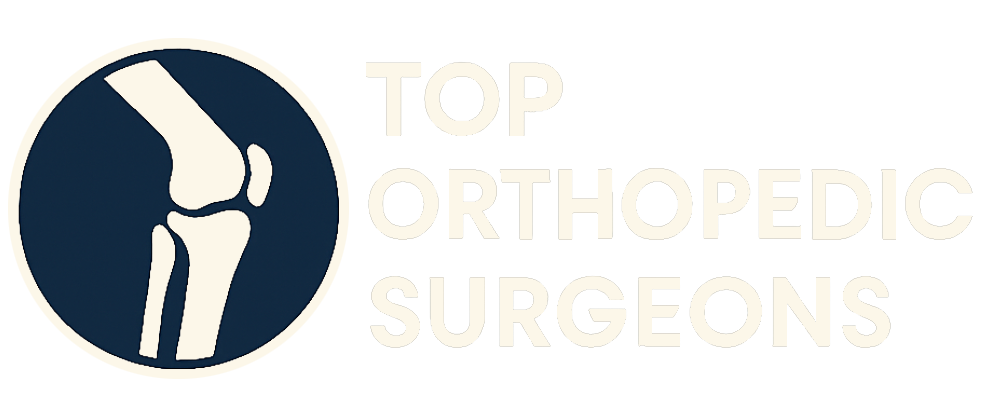Bones. They’re the silent architects of our bodies, the unseen framework that allows us to stand tall, move with grace, and protect our vital organs. Often taken for granted, these remarkable structures are far more dynamic and essential than many realize. Understanding the importance of bones and how to care for them is crucial for maintaining overall health and well-being throughout your life.
The Vital Roles of Bones
Beyond simply providing a rigid structure, bones perform a multitude of critical functions:
- Support: Bones form the scaffolding that supports our body weight, allowing us to stand, sit, and move.
- Protection: The skull protects the brain, the rib cage shields the heart and lungs, and the spinal column safeguards the spinal cord.
- Movement: Bones act as levers, allowing muscles to pull and create movement at joints.
- Blood Cell Production: Bone marrow, the soft tissue inside some bones, produces red blood cells, white blood cells, and platelets.
- Mineral Storage: Bones serve as a reservoir for essential minerals, particularly calcium and phosphorus, which are released into the bloodstream as needed.
- Endocrine Regulation: Bones release hormones that help regulate blood sugar, fat deposition, and kidney function.
Understanding Bone Structure
A bone is not a solid, lifeless object. It’s a complex and dynamic tissue composed of several key components:
- Compact Bone: The dense, hard outer layer of bone that provides strength and protection.
- Spongy Bone: A porous, honeycomb-like structure found inside the bone, containing bone marrow.
- Bone Marrow: The soft tissue inside bones where blood cells are produced. There are two types: red marrow (produces blood cells) and yellow marrow (stores fat).
- Periosteum: A thin membrane that covers the outer surface of the bone, providing nourishment and enabling bone growth and repair.
- Cartilage: A smooth, flexible tissue that covers the ends of bones at joints, allowing for smooth movement and preventing bone-on-bone friction.
Factors Influencing Bone Health
Numerous factors contribute to bone health throughout life. Some are within our control, while others are not:
- Genetics: Your genetic predisposition plays a significant role in determining your bone density and risk of certain bone conditions.
- Age: Bone density naturally decreases with age, making older adults more susceptible to fractures.
- Gender: Women are at a higher risk of osteoporosis than men, particularly after menopause due to declining estrogen levels.
- Hormones: Hormones such as estrogen, testosterone, parathyroid hormone, and calcitonin play crucial roles in regulating bone metabolism.
- Diet: A diet rich in calcium and vitamin D is essential for building and maintaining strong bones.
- Physical Activity: Weight-bearing exercises, such as walking, running, and weightlifting, stimulate bone growth and increase bone density.
- Lifestyle Factors: Smoking, excessive alcohol consumption, and a sedentary lifestyle can negatively impact bone health.
- Certain Medical Conditions: Certain medical conditions, such as celiac disease, inflammatory bowel disease, and hyperthyroidism, can interfere with calcium absorption and bone metabolism.
- Medications: Some medications, such as corticosteroids and certain anticonvulsants, can increase the risk of bone loss.
Common Bone Conditions
Several conditions can affect bone health, leading to pain, disability, and increased fracture risk:
Osteoporosis
Osteoporosis is a condition characterized by low bone density and increased bone fragility, making bones more susceptible to fractures. It often develops without any noticeable symptoms until a fracture occurs. Risk factors for osteoporosis include older age, female gender, family history, low calcium intake, vitamin D deficiency, and certain medical conditions and medications.
Osteoarthritis
Osteoarthritis is a degenerative joint disease that affects the cartilage in joints. As the cartilage wears down, the bones rub against each other, causing pain, stiffness, and reduced range of motion. While osteoarthritis primarily affects joints, it can also impact the underlying bone.
Fractures
A fracture is a break in a bone, typically caused by trauma, such as a fall or impact. Fractures can range from minor hairline cracks to complete breaks. Treatment for fractures depends on the severity and location of the break and may involve immobilization with a cast or splint, surgery, or physical therapy.
Bone Infections (Osteomyelitis)
Osteomyelitis is an infection of the bone, usually caused by bacteria. It can occur after a fracture, surgery, or infection elsewhere in the body. Symptoms of osteomyelitis include bone pain, fever, swelling, and redness. Treatment typically involves antibiotics and, in some cases, surgery to remove infected bone tissue.
Bone Cancer
Bone cancer is a rare type of cancer that originates in the bone. It can cause pain, swelling, and decreased range of motion. Treatment for bone cancer may involve surgery, radiation therapy, chemotherapy, or a combination of these approaches.
Scoliosis
Scoliosis is a sideways curvature of the spine that often develops during adolescence. While some cases are mild and require no treatment, others can be more severe and may require bracing or surgery to correct the curvature.
Maintaining and Improving Bone Health
Fortunately, there are many steps you can take to maintain and improve your bone health throughout your life:
- Consume a Calcium-Rich Diet: Aim for at least 1000-1200 mg of calcium per day from sources such as dairy products, leafy green vegetables, fortified foods, and calcium supplements.
- Get Enough Vitamin D: Vitamin D helps your body absorb calcium. Aim for at least 600-800 IU of vitamin D per day from sunlight exposure, fortified foods, and vitamin D supplements.
- Engage in Weight-Bearing Exercises: Weight-bearing exercises, such as walking, running, dancing, and weightlifting, stimulate bone growth and increase bone density. Aim for at least 30 minutes of weight-bearing exercise most days of the week.
- Quit Smoking: Smoking negatively impacts bone health and increases the risk of fractures.
- Limit Alcohol Consumption: Excessive alcohol consumption can interfere with bone metabolism and increase the risk of falls and fractures.
- Maintain a Healthy Weight: Being underweight or overweight can both negatively impact bone health.
- Get Regular Bone Density Screenings: If you are at risk for osteoporosis, talk to your doctor about getting regular bone density screenings to monitor your bone health.
- Consider Medications: If you have osteoporosis or are at high risk for fractures, your doctor may recommend medications to help increase bone density and reduce your fracture risk.
When to Seek Orthopedic Care
While many bone conditions can be managed with lifestyle modifications and medical treatment, it’s important to seek orthopedic care if you experience any of the following:
- Persistent bone pain that doesn’t improve with rest and over-the-counter pain relievers.
- A recent fracture, especially if it was caused by a minor fall or injury.
- Joint pain, stiffness, or swelling that interferes with your daily activities.
- Deformity or misalignment of a bone or joint.
- Difficulty walking or bearing weight on a leg or foot.
- Symptoms of a bone infection, such as fever, chills, and redness around the affected bone.
An orthopedic specialist can diagnose and treat a wide range of bone and joint conditions, helping you regain mobility, reduce pain, and improve your quality of life.
Conclusion
Taking care of your bones is an investment in your long-term health and well-being. By understanding the vital roles bones play, recognizing the factors that influence bone health, and adopting healthy lifestyle habits, you can keep your skeletal system strong and resilient for years to come. Remember to consult with your healthcare provider or an orthopedic specialist if you have any concerns about your bone health. Prioritizing bone health empowers you to lead an active, fulfilling life, supported by the strong foundation beneath your feet.


